The Laurel Highlands Adventure: History and Nature in Southwestern Pennsylvania
Having grown up in Pittsburgh, I took for granted the city’s perfect location only an hour north of a most beautiful region known as the Laurel Highlands. During the past 10 years I’ve been experiencing fantastic places that were practically in my backyard, yet I only (re)discovered after moving to Columbus, Ohio. As a child, we made an annual pilgrimage to Idewild Park and Seven Springs Ski Resort. As an adult, I once again, make an annual pilgrimage for grown up food, fun, and frolicking in nature. I’ve come to appreciate how easily accessible the Laurel Highlands is from several major cities, including Columbus.
The Laurel Highlands is a sprawling region. It straddles the Pennsylvania turnpike in western Pennsylvania and stretches south and east along Route 40- America’s Golden Highway, which can be driven all the way to Baltimore (and Utah if you go west). The Laurel Highlands is a hotbed of important world-class sites. Historic, scenic, and architectural attractions abound, such as Seven Springs Mountain Resort; a tri-fecta of Frank Lloyd Wright homes: Fallingwater; Kentuck Knob; and the Duncan House (In which you can stay for a hefty price). Nearby is the five star resort of Nemacolin Woodlands; a children’s fairytale land at Idewild Park; and two very important historical sites that play pivotal roles in early American history: Fort Ligonier; and Fort Necessity– a national battlefield of the French & Indian War, which also happens to be the site of George Washington’s only military surrender. The relatively new (free) interpretive museum is extrmely well-done, so try to time your visit around one of the regular re-enactments at the reconstructed fort.
The Laurel Highlands’ outdoor activities offer endless options for communing with nature: access to several state parks and woodland hiking trails; biking and camping along the Great Allegheny Passage; and all five classes of rapids are available for white water rafting on one of the world’s top ten rafted rivers- the Youghiogheny River (pronounced yock–o-gainey). The village of Ohiopyle situated on the banks of the “Yough” is a popular launching point for all sorts of adventures, including a few cafes and bars, plenty of liveries, outdoorsy shops, and access to plenty of trail heads are within walking distance of downtown. Cucumber Falls, an easy photo-stop along the winding road, isq also a popular swimming and fishing hole.
When driving from Columbus, take I-70 East then hop off on Route 40 somewhere along the way for a more leisurely drive into the Highlands. The National Road (a.k.a. Route 40), snakes through Ohio and into southwestern Pennsylvania, past quiet towns and idyllic landscapes. If you blink, you might miss Scenery Hill, where the historic Century Inn (c.1794) has been feeding and bedding weary travelers for two centuries.
It is not in the Laurel Highlands ‘proper’ but as one of the country’s oldest continuously operated taverns is certainly worthy of mention. Also, it’s not surprising that several of our nation’s great leaders took a meal and a drink here: George Washington, Andrew Jackson, and James Polk to name only the presidents. The golden stone building, which served as a stagecoach stop throughout the 19th century, is brimming with antiques, but the inn’s place in history is emphasized by its prized possession- the only known flag in existence from the local Whisky Rebellion of 1794. This makes a nice first stop for lunch or a history imbued layover if you are embracing the scenic route.
In the great meadows just beyond Scenery Hill is where The French and Indian War held its opening acts in 1754 at Fort Necessity, which for American History buffs is a required pilgrimage. One weekend here, and you’ll discover the Laurel Highlands is more than just outdoorsy adventures with a rich history. If you consider yourself a culture or food hound, stay tuned for next week’s post, which looks at the iconic architecture of Frank Lloyd Wright and a five-star resort, which puts the Laurel Highlands at the on cultural and culinary map.

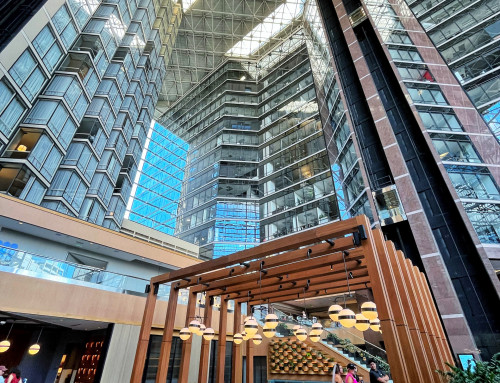
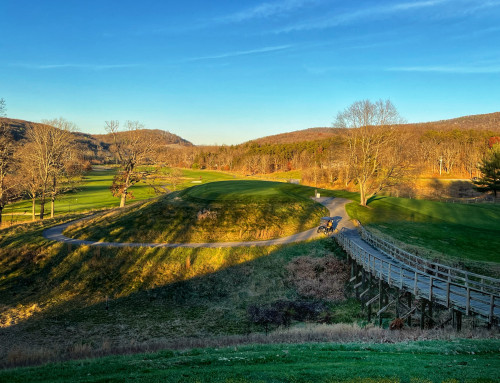
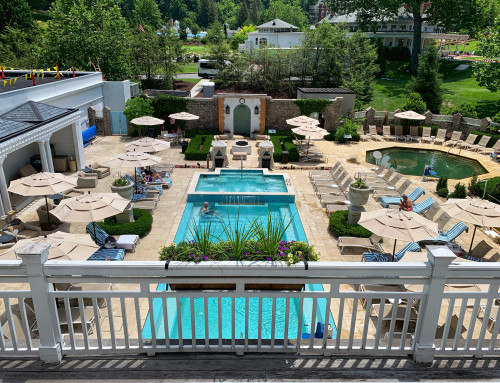
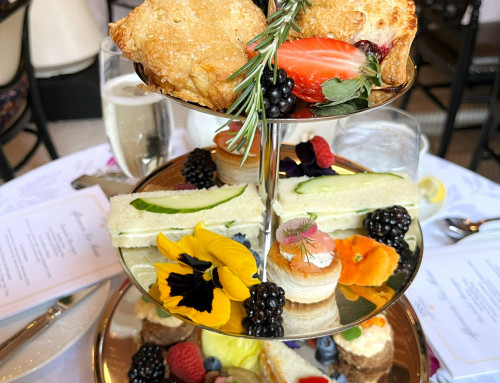
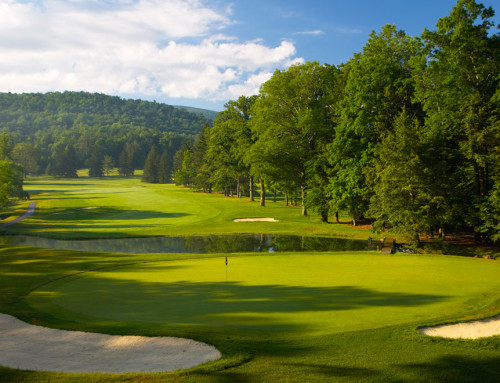
Leave A Comment